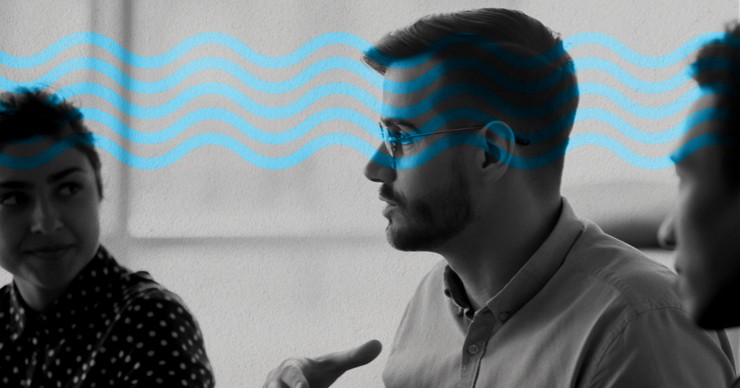5 Lessons We’ve Learnt Working With Founders

Working with leading start-ups up close has been a truly rewarding journey for us. From an idea stage to launch, we get a chance to observe & drive insights about how founders think, their team management tactics & how innovations happen with each sprint cycle. Here are some lessons we’ve learnt from working with them while building disruptive products :
- The Founder’s Vision Should Remain At The Core of the Product
Products are built on the insights of the founders who usually are the subject-matter experts. Their expertise is the core of the unique innovative product. But as we all know, a message tends to dilute when passed down several mouths to ears (whisper game nostalgia) & the same could happen with a team unless they are skilled at the role they play. The more important point is, every team member knows what needs to be built, but everyone is visualizing it differently. And they don’t know that. So the requirement gathering process helps to get everyone on the same page. Here’s a process we stick to:
- Conducting extensive requirement gathering sessions is our no.1 rule. We dive in to understand the crux of the product, the opportunity, the target audience, user challenges, the nuances, etc
- Ensuring that we summarize & document the intent of the product throughout the journey. Capturing insights is key.
- Referring back to the product summary document every time we chalk out the next feature request.
- Taking Founder’s Load off with Product Ownership
A founder has his/her head into many aspects of the business, the product being at the top of it all. But, everyday tasks & urgencies can totally occupy their mental space, so we ensure they can delegate & offload product design to us (with confidence):
- Upfront ask for the intent, purpose, & direction of the product
- Setting up active & passive communication channels to ask for any clarity required for us to progress the task at hand (this way the founder gets the luxury to respond as and when they get the time, while we take care of the rest)
- Point out potential bottlenecks & provide solutions to resolve it
- Pre-scheduling regular reviews to ensure the design is progressing in the right direction, at the right pace.
- Time is of the essence – for the founder & his disruptive product
A successful product launch in a short time frame requires the delivery teams to use time & resources efficiently. Design is just the first phase of product delivery so delay in design can
create a cascading effect that leaves other supporting teams idle or under-utilized.To ensure a smooth on-time delivery we:
- Detail out the process flows required for a phase before execution
- Define & mark areas in the flow that will take additional time to design & develop, which eventually pushes ahead the timeline & launch date. So together with the client’s team, we brainstorm optimized alternate solutions.
- Estimate broad level effort & start sprint planning for time optimized delivery basis the final scope
- Point out the impact on the flow & timelines if a sudden feature gets added midway, ensuring clarity before jumping into execution. The client can then make an informed decision.
- Present The Founder with a product that performs, even if it’s basic to start with
Teams totally get tempted to build big audacious products with zillion features & no end in sight. While it’s essential to outline the product architecture before getting your hands into execution, it’s even more important to prioritize only the absolute core of the product i.e 20% of the product which accounts for 80% of the solution. Here’s how to ensure we are focusing on the right part:
- Understand the priority and criticality of each feature
- Bifurcate product delivery into phases, where Phase 1 is the core and supporting flows to complete that core
- Plan sprints showcasing tasks that can be completed sequentially & the ones can run parallel. Utilizing & not wasting your resources is key here.
- Don’t be a jack that nodes, be a consultant to the Founder
For a really long time, corporate culture has rewarded individuals who agree to everything a leader/ client says, however, that only benefited the individual’s career & not the output or the product. New-age tech entrepreneurs are constantly looking to be challenged by people who can question the norms. Here’s our starter kit for you:
- If a design suggestion contradicts our professional experience, we point it out by explaining context, cause & effect.
- We then give an open ear to other’s POV & try to reach a middle ground. The best solutions usually are a blend of multiple ideas.
- Healthy discussion always leads to interesting outcomes.
Takeaway:
Founder will & should remain your most important point of contact and make sure to plan your work schedule around him, not vice versa. These lessons come out of working with & observing
many founders running established or early-stage companies. Hope we gave you a piece of our mind.

-
Designcoz
UI/UX Design Partner
We are a process-driven agency based out of India building impactful Digital products for ambitious companies from around the world. Chaos is our raw material & problem solving is in our DNA.



0 Comments